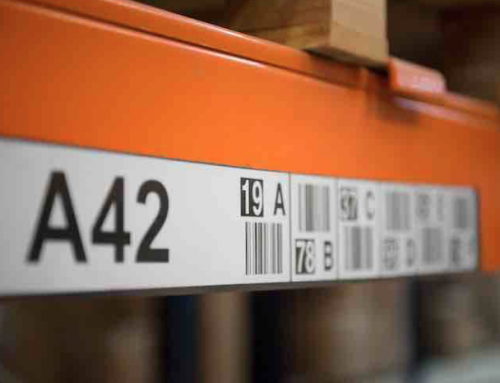We are living through unprecedented times. The challenges facing any business in the supply chain are like nothing seen before. Businesses that have developed robust and reliable warehouse processes now face the prospect – in the immediate future – of having to manage with a workforce that is expected to self-isolate as a precaution or as a result of falling ill.
The current emergency and its consequences will mean that many businesses will see a significant fall in demand. Most business customers will be shutting down or experiencing lower demand for their own products. Many businesses supplying direct to consumer or via retailers will see similar falls in demand even if these follow a different pattern. There are, of course, some clear examples where businesses will see unforeseen peaks in demand. Some of these peaks will be for the short term but others are likely to sustain until the threat we face recedes.
In almost every imaginable scenario, businesses operating a warehouse will need to cope with fewer staff reporting for work. That means ensuring existing processes and tasks are completed at maximum efficiency. A well-designed WMS will be able to cope with even large fluctuations in demands and throughput in technological terms. Having the staff to cope may be a different matter. Some businesses will need to add capacity to their operations by recruiting if they can or by making their processes even more efficient. And a few of these will be trying to do so with little support from a fully featured WMS.
For any business facing this specific challenge, a cloud-based WMS could offer a solution because it supports key requirements exposed by the current emergency: fast deployment, scalability, remote control.
Fast Deployment: a common characteristic of cloud-based systems – including WMS – is a well-defined set of core features that cover most users’ requirements. That means that for the vast majority of customers it can be deployed with very little or no additional configuration. Nor does it require all of the local infrastructure required by conventional or traditional systems. In particular, there is no need to install, configure and “go live” a dedicated on-premises computer to host the application. Instead, the cloud-based application is hosted and managed by the service provider. All of this means that a system can be made available to a potential user in very short order – days or weeks rather than months in most cases. If the customer already has stock or warehouse information in electronic format – on a spreadsheet or accounting package for example – so much the better. Importing this data to the cloud-based system is usually quick and often relatively simple.
Scalability: most well-designed WMS will have a degree of scalability. But cloud-based solutions are almost always based on platforms that are inherently scalable. This is because modern operating systems and application architectures were designed to cope with more concurrent users than older systems which might be based on what we now think of as very old architecture. Modern cloud-based systems should also have fewer restraints in terms of data throughput so there should be less risk of “bottlenecks” when more users are added or there is an increase in transactions. In reality, well-designed WMS of any kind will be able to cope. However, it is very easy to add extra users to a cloud-based system because of the underlying systems.
Remote Capability: in the current climate this is the one area where a cloud-based WMS stands apart from a traditional application. The applications are hosted on robust and resilient servers running in a dedicated data centre and managed by the service provider. Users access the system from any location with internet or mobile data availability using a browser or, increasingly, a dedicated app on whatever device suits – PC, laptop, tablet or phone. This means that users can log on at work, at home or wherever they wish with access to all of the information, analytics and reporting tools provided by the WMS. The system looks after data security and user access rights so only authorised users can access appropriate data or functions. Users are freed to work productively from any location. Of course, in the real world, people will still need to be present in the warehouse to carry out the actual handling tasks. Nevertheless, remote access removes one of the major potential restrictions in a warehouse’s ability to cope during an emergency by allowing managers to maintain oversight and control even if they are unable to be in the building.
Cloud-based WMS will not solve all of the problems faced by warehouses in the current crisis. But they do offer a solution for some operators facing a particular set of challenges during this unprecedented time. Perhaps as importantly, they offer a novel alternative once the crisis has passed for businesses who want to add more resilience into their operations against future unforeseen challenges.






